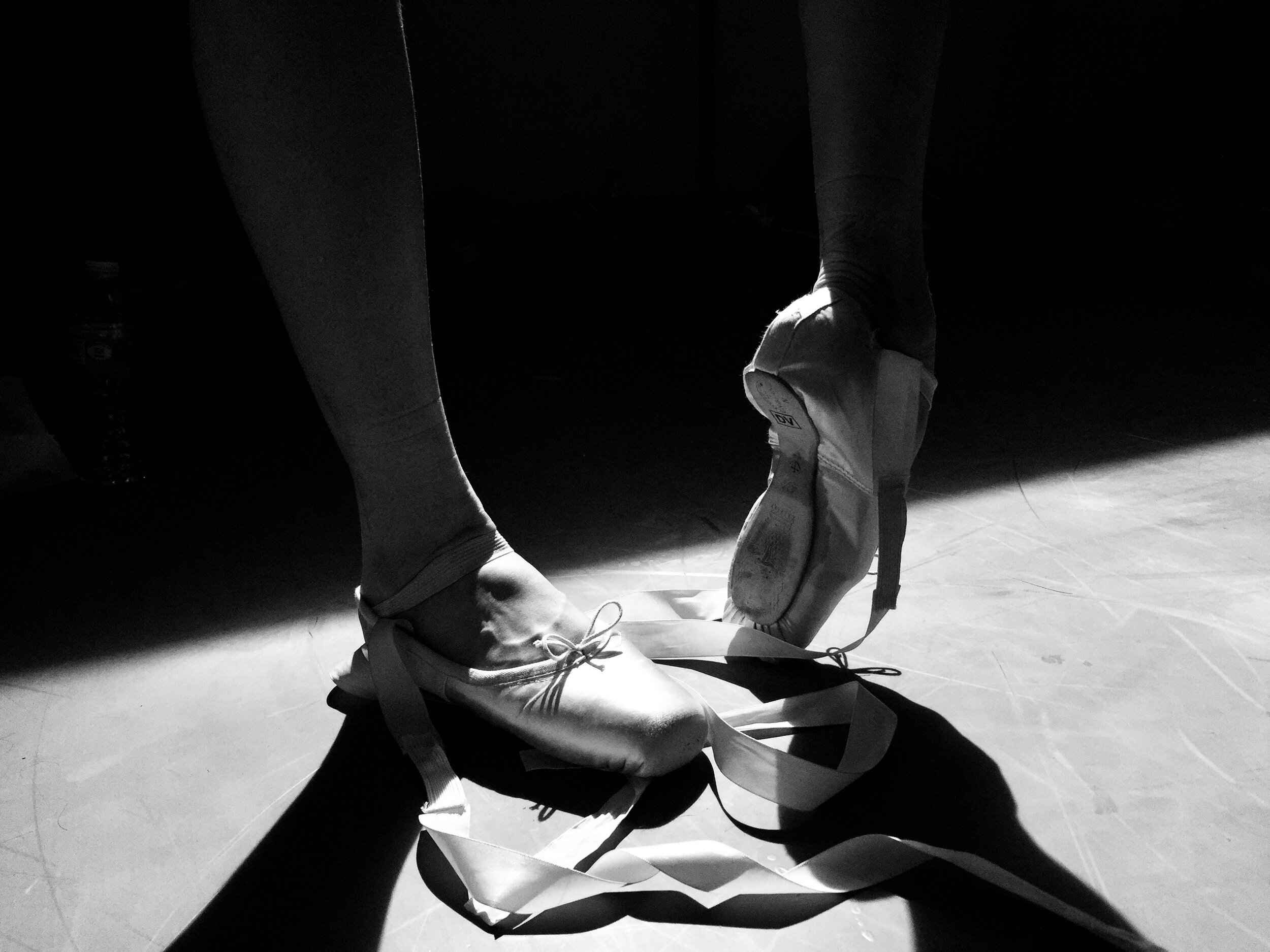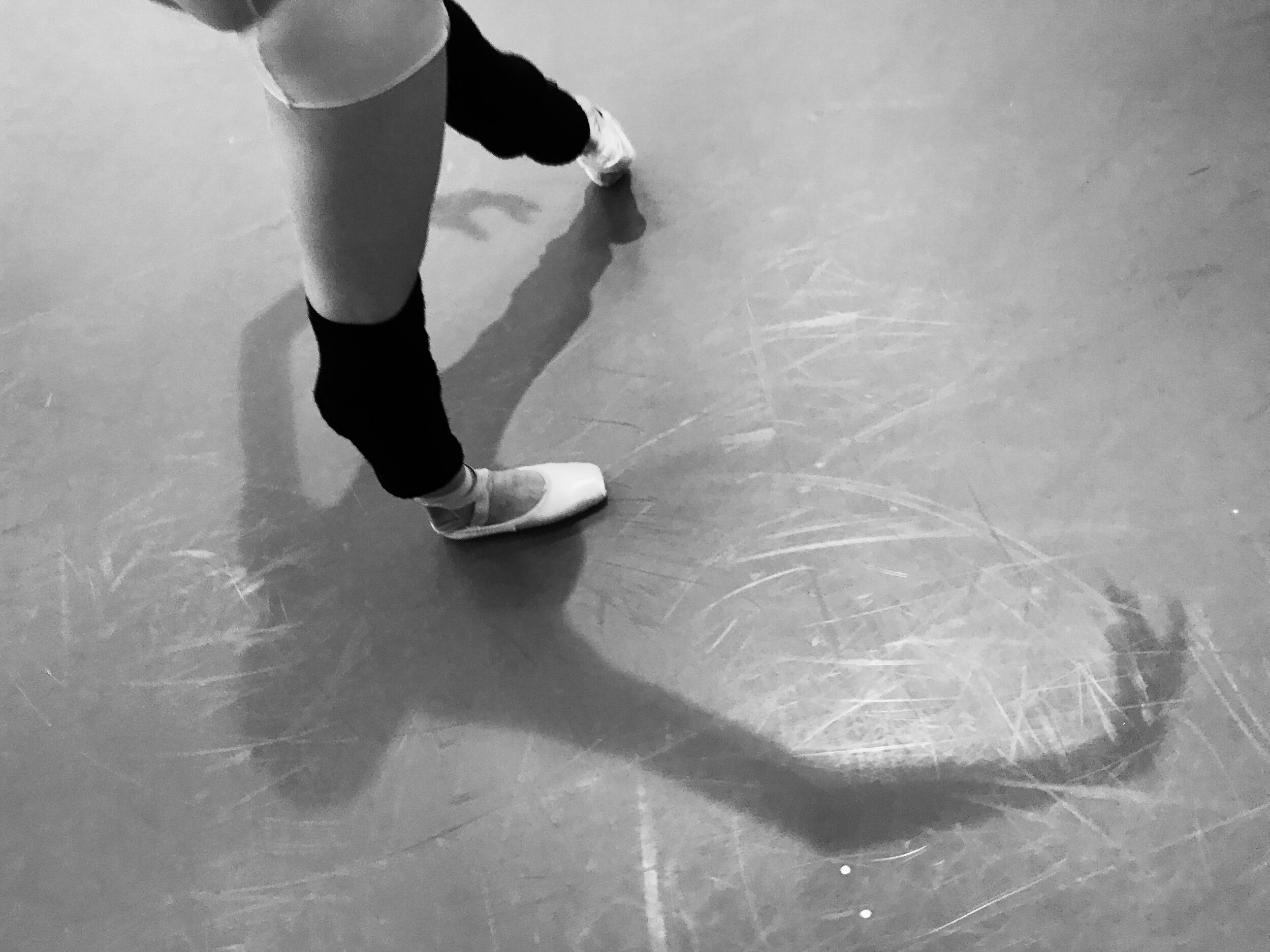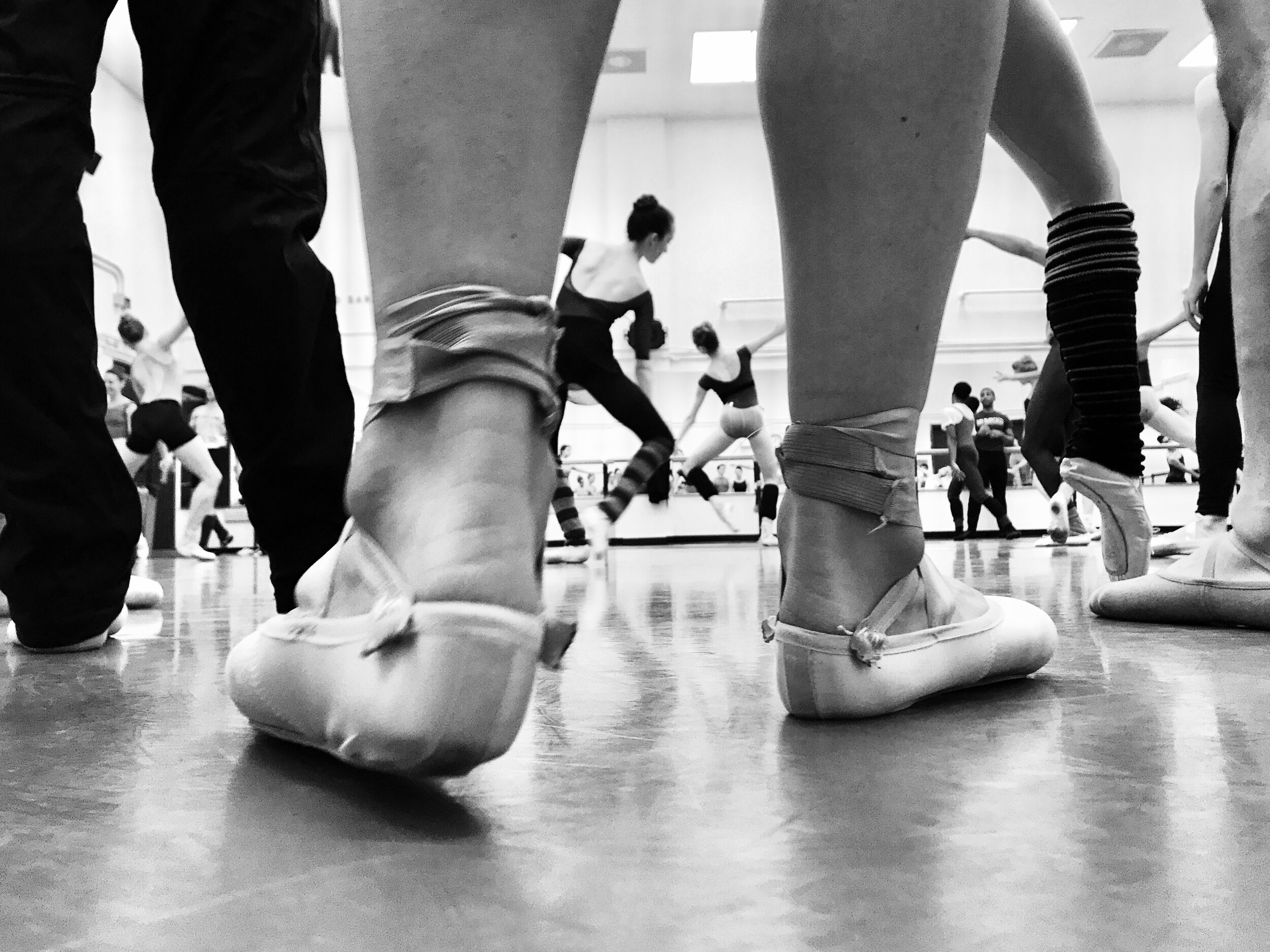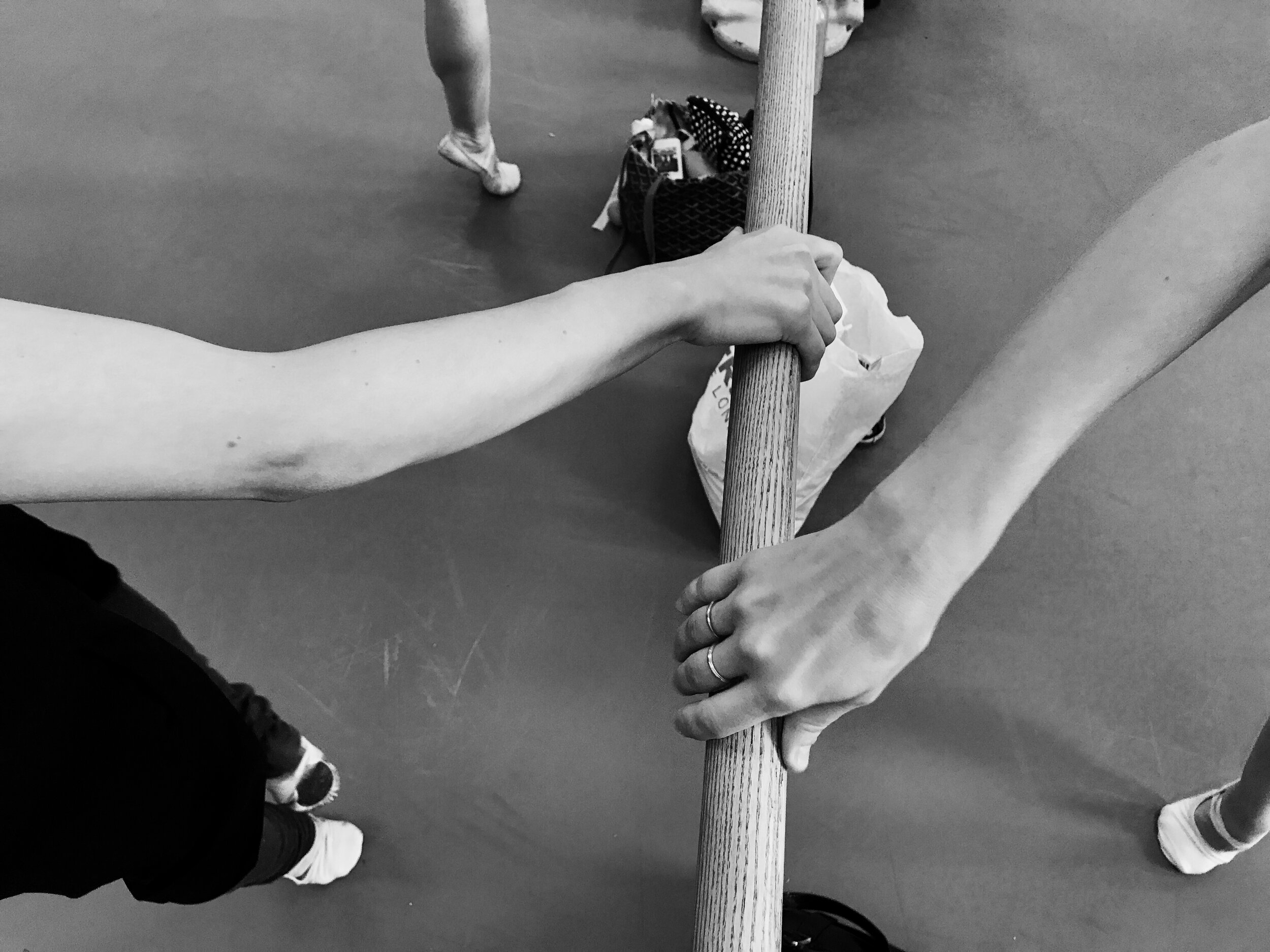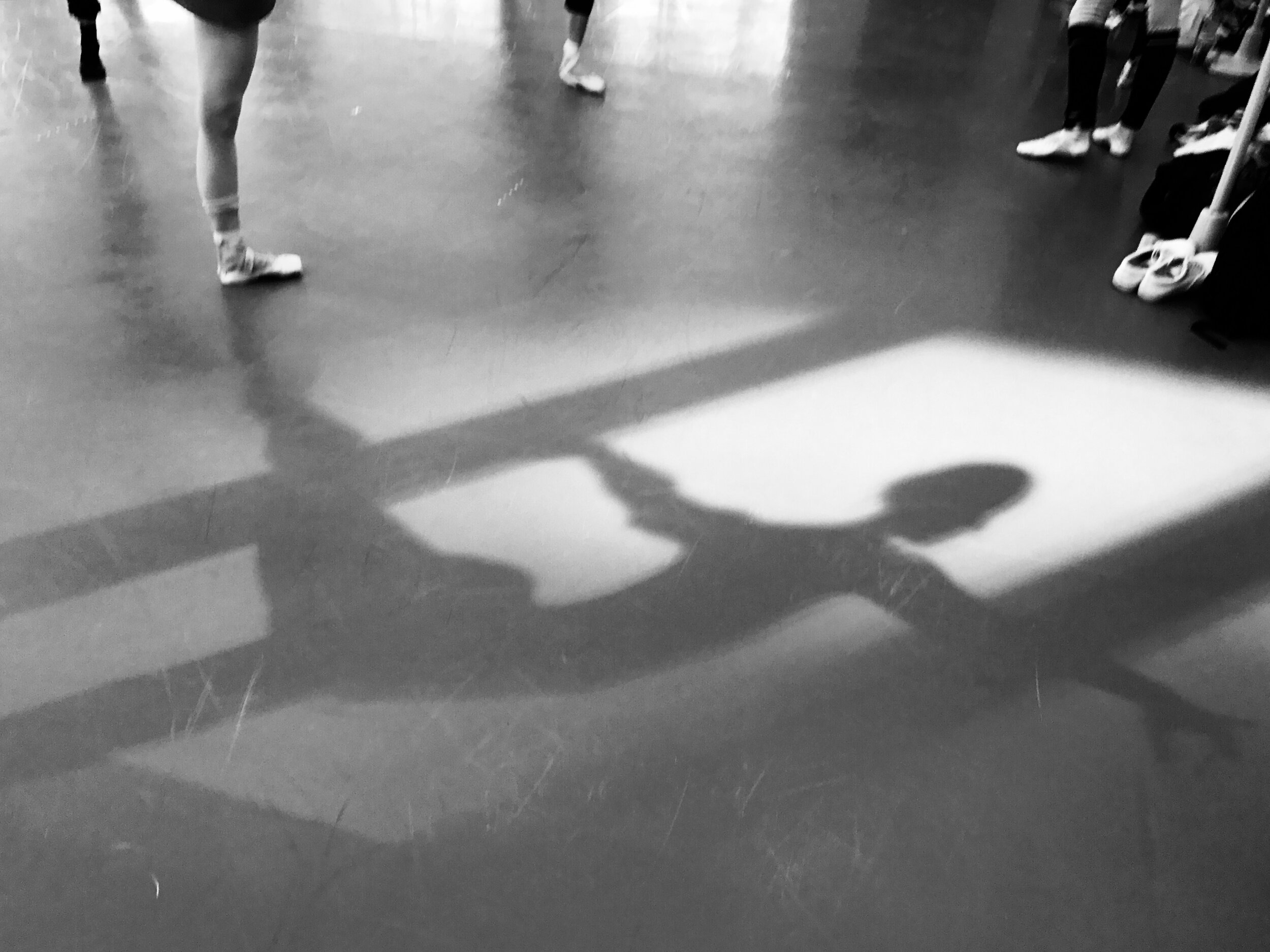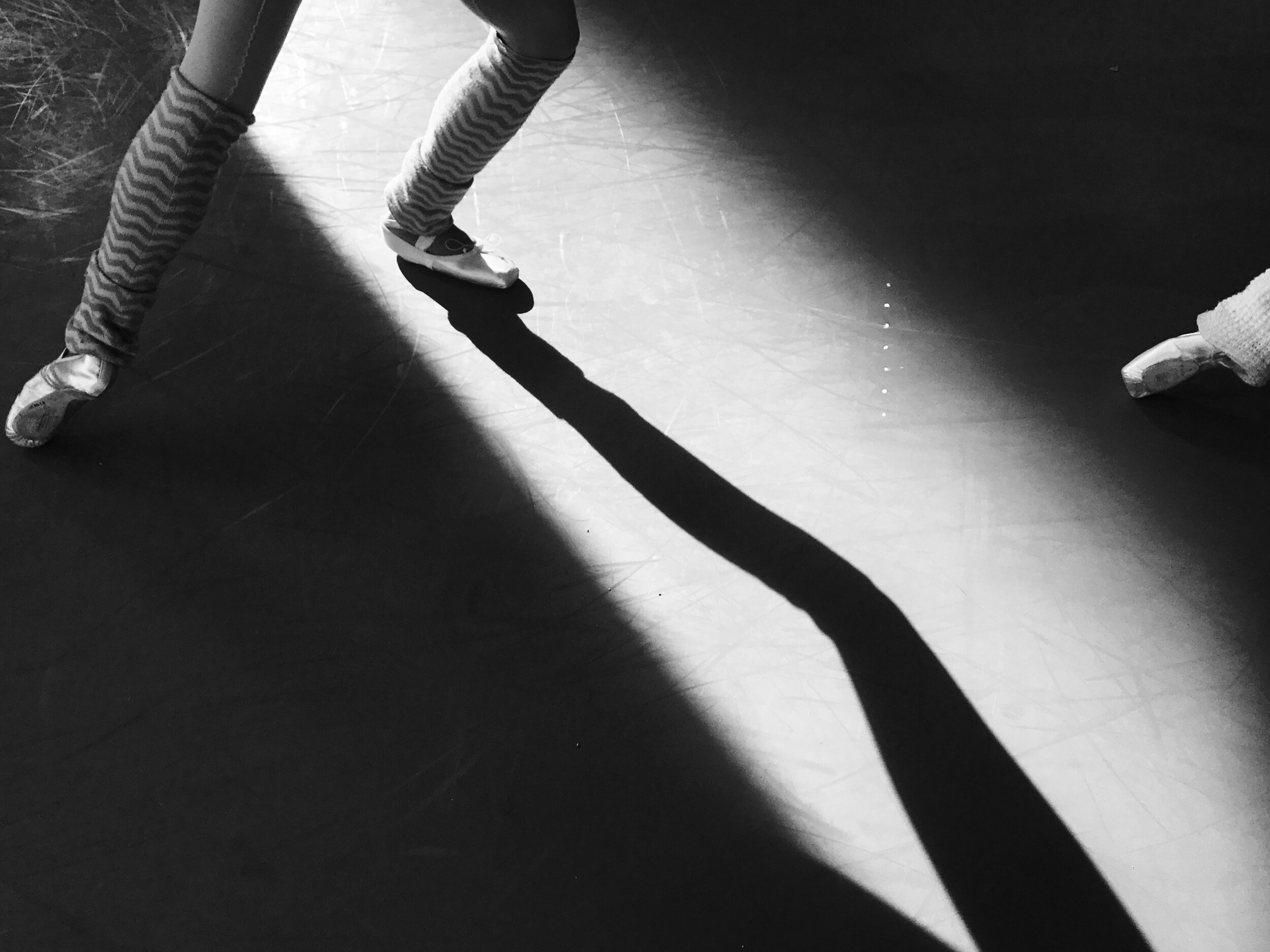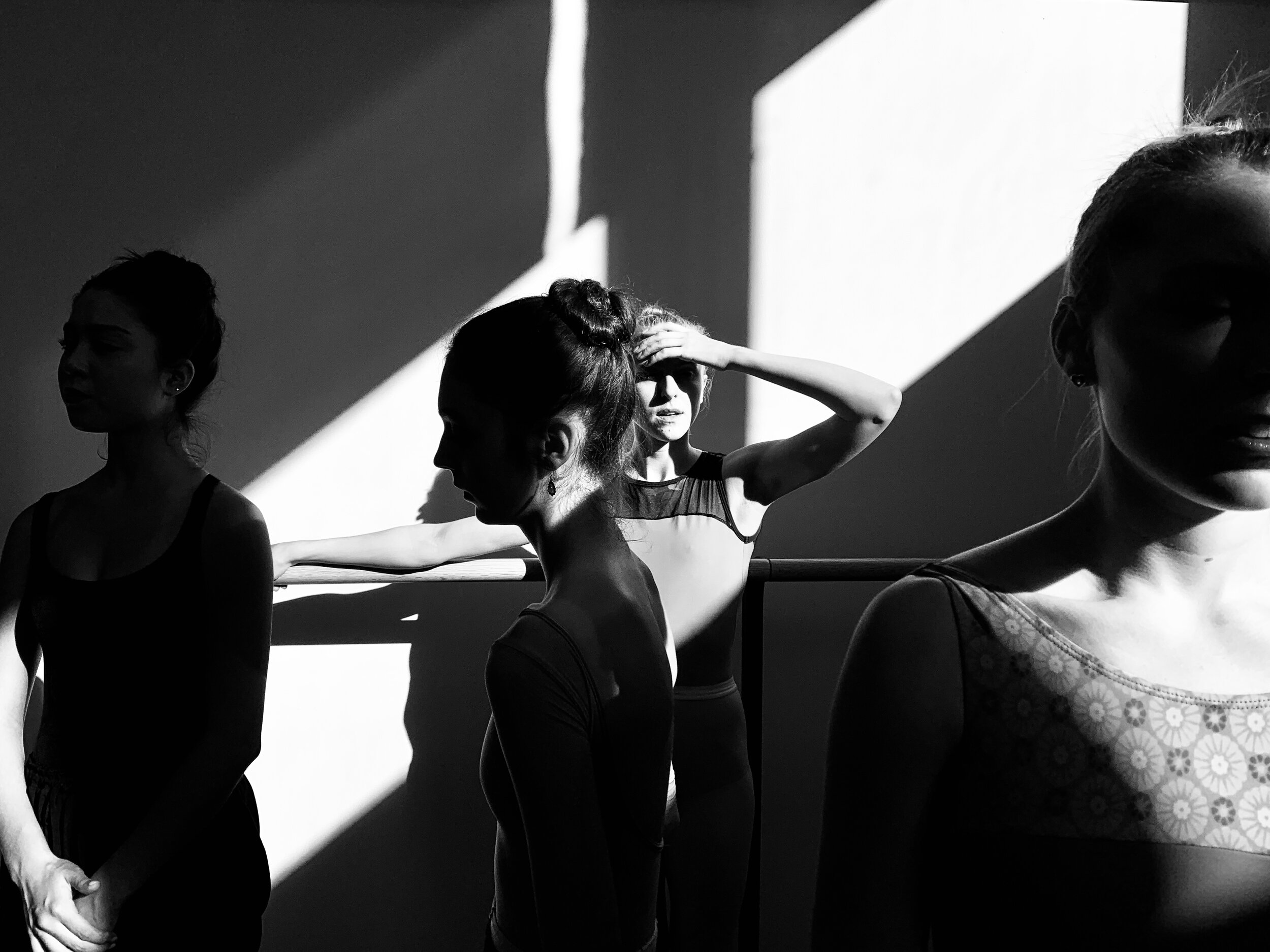
thought
ARTICULATIONS I
WORDS BY JAMES FISHER | Former dancer with Stuttgart Ballet and Philosopher
photography by Devin alberda | Dancer with New York City Ballet
Unphysical dance
In an interview from 2004, the Canadian prima ballerina Evelyn Hart makes a statement that only seems counterintuitive at first glance: She has never seen herself as a dancer, because dance is physical while what she is doing concerns the “unphysical” realm of feeling. (Commenting on her refusal to retire, she elsewhere remarks that her body may have aged, but she is spirit and spirit is ageless.) This statement betrays an ambivalence in the idea of the dancer. Note that she does not deny the relationship of dance to the body: Rather, she implicitly presupposes their overlap only to relegate herself to a sphere which exceeds their limits. If what she is doing concerns sentiments rather than limbs, it follows that she cannot properly be called a dancer.
The intermediary of the body
Yet the fact remains that her art, if she is correct in approximating it more to that of the actor than that of the mover, must pass through the intermediary of the body. She proves this in the same interview through her highly articulate commentary on the way her understanding of technique has changed with age. While the young dancer must arduously produce everything with muscle, the mature dancer may rely on the subtleties of force. It is evident from the way she speaks of this that she sees this as a supreme accomplishment – not that she has circumvented the need for muscle, but that she has reduced it to a minimal kernel; and that the remaining vestiges of force (but where are they coming from?) pass through the place whence emerges her gift, her presence, her feelings. Muscle, the very flesh of flesh, is a moment of transit.
I have suggested that this way of viewing dance only seems counterintuitive, meaning both more and less than what I say: more because the concept of a non-corporeal dancer could be formalized into outright paradox; less because the ideology it presents will only be surprising to the uninitiated. In truth, the suggestion that dance is about something other than the body or the technique that drives it belongs to the commonplaces of dancers’ rhetoric. From Jean-Baptiste Lully’s arrangements of dancers’ bodies as a reflection of the cosmological order, to Rudolf Nureyev’s pursuit of “expression, more intensity, more mind”, to Sylvie Guillem’s insistence that the technique of dance is “an orphan without the soul of the dancer”: dance, and perhaps classical dance in particular, has insisted that dance concerns something other than immediate corporality. But such claims are not limited to ballet: Martha Graham held that the mark of a great dancer was their “passion” and Pina Bausch claimed to be interested in the source rather than the fact of movement.
The destruction of dance
From a philosophical perspective, such expressions deserve elaboration under three viewpoints. In the first place, they resurrect classical oppositions between mind and body. In this sense, it would be worth reconsidering the context in which ballet emerged – namely under Louis XIV and in the heyday of Cartesianism. In the second place, after presupposing such an opposition, they struggle as to where to place dance within the divide. Through dance necessarily implicates the realm of the body, there is a wish to identify in dance a telos, a purpose, which would pertain to spirit alone. True, Hart names this telos ‘acting’ and suggests that an ‘actor’ is what she is in truth. Nevertheless, her insistence on the terms ‘spirit’ and ‘presence’ suggest’ a more religious flavor. Dance, in its highest manifestation, would be the suspension – even the destruction – of dance.
Finally, and this point is the most intriguing, this rhetoric displaces the classical boundary of body and spirit. Hart aims to arrive at feelings and the soul. By contrast, philosophers have often struggled whether to place feeling on the side of the body or the soul. whereas emotion has traditionally been located at the intersection of spirit and flesh. Thus, for Plato, the psyche or soul must struggle between universal rationality and bodily drives. The young F.W.J. Schelling referred to feeling as the ‘sinnlich-geistig’, that is to say the link between sense and spirit. Relayed back into this paradigm, the dancer would transcend the sensual body only to be remain caught in the body. This would not be the inanimate body of mindless orbits and heavy rocks, but rather the body invigorated by mind, the body that lives and feels.
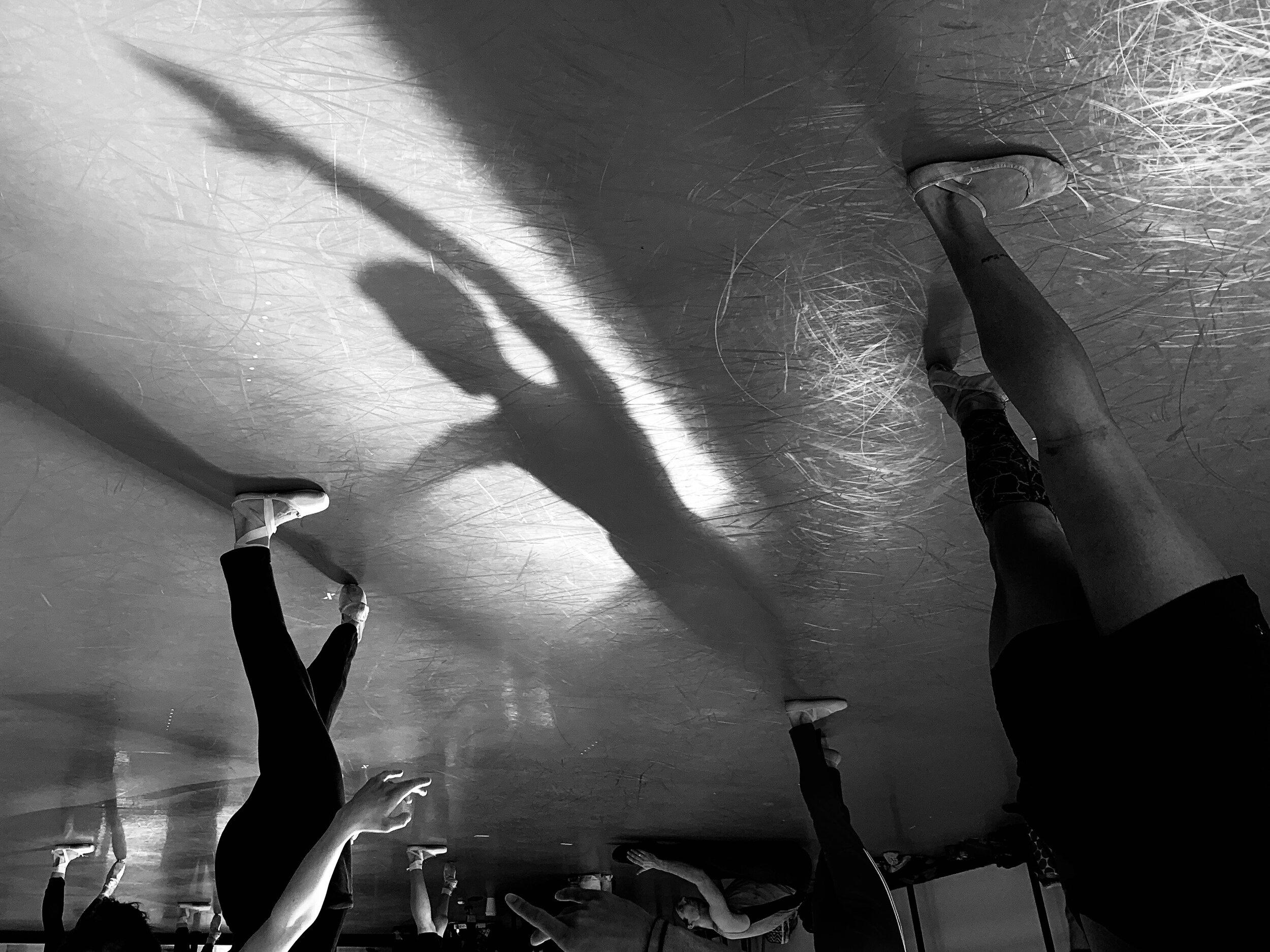
Towards the technicity of dance
SO DANCE, PASSING THROUGH THE MEDIUM OF THE BODY AND GEARING TOWARDS SOME FURTHER LEAP, ARRIVES WHERE IT STARTED. THIS IS NOT MEANT TO SUGGEST THAT ALL DANCE IS DANCING ON THE SPOT (A DERRIDEAN PAS MARCHÉ). RATHER, I WISH TO ASK IN WHAT WAY THE BODY ONE ARRIVES AT DIFFERS FROM THE BODY FROM WHICH ONE DEPARTS. IT HAS BEEN SUGGESTED ABOVE THAT DANCE USES THE BODY AS AN INTERMEDIARY TO ARRIVE AT A TELOS WHICH IS EXTERIOR TO IT. THIS WOULD MAKE DANCE A FUNDAMENTALLY TECHNICAL ACTIVITY, IN THE SENSE THAT IT RELIES ON A MECHANICAL TOOL (THE BODY) TO ACHIEVE SOME IDEALIZED END (EMOTION). BUT HOW SHOULD THIS RELATIONSHIP BE THOUGHT WHEN THE DESIRED END MERELY AMOUNTS TO THE ARTICULATION OF THE MEANS? WHAT IS THE TECHNIQUE, THE TECHNICITY OF DANCE, AND WHERE DOES IT MOVE US?
